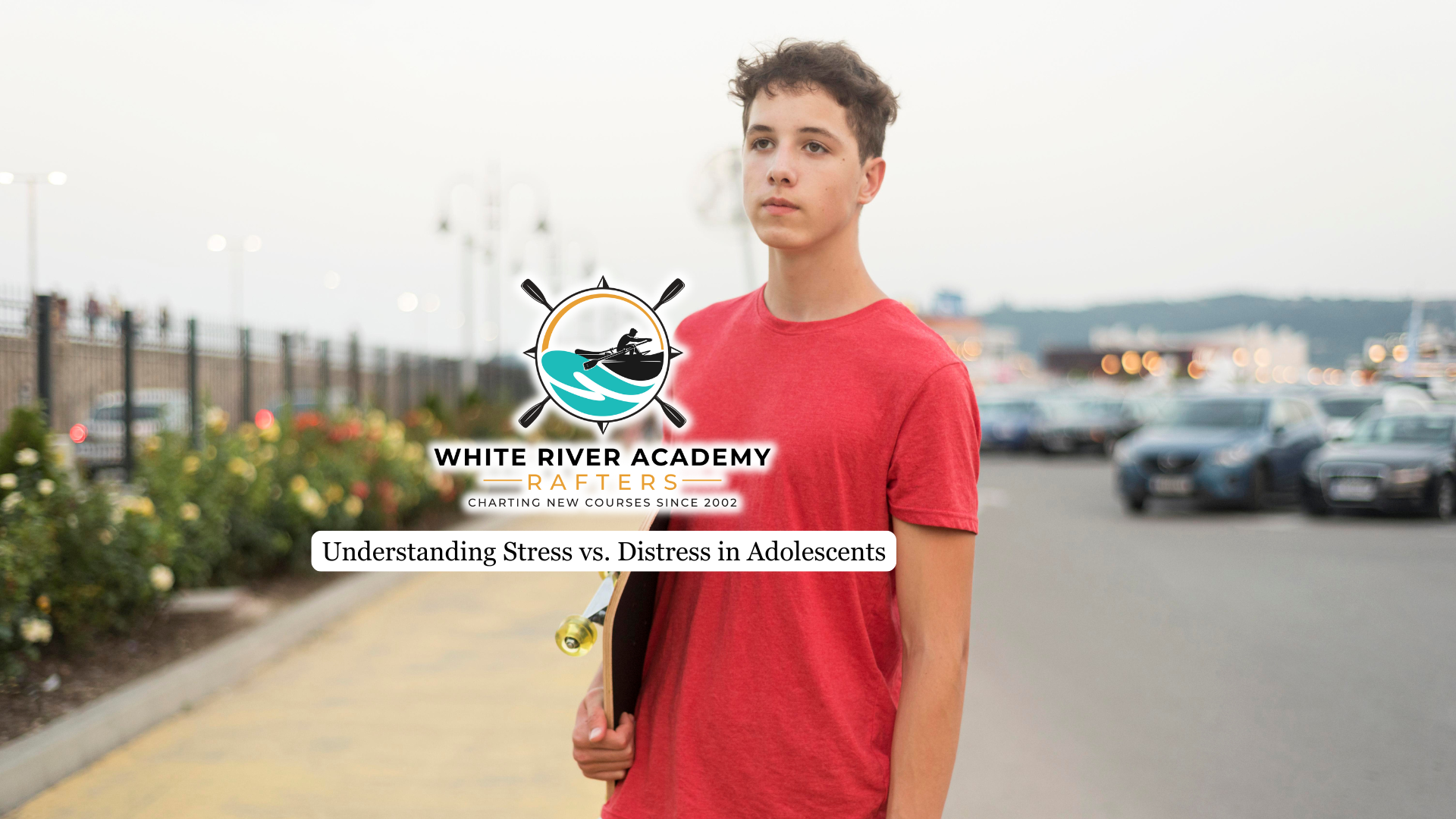Excessive screen time among teenagers has become a pressing concern, as more adolescents spend far beyond the recommended daily limit in front of screens. While the American Academy of Pediatrics (AAP) advises no more than two hours of recreational screen use per day, many teens still exceed eight hours daily. This widespread overuse can disrupt healthy brain development and contribute to issues like anxiety, depression, sleep disturbances, academic decline, and impaired social skills.
This article will explain the full impact of excessive screen time on teenagers—and what parents can do to intervene early and promote healthier digital habits.
Understanding the Two-Hour Daily Screen Time Recommendation
The two-hour guideline is designed to safeguard adolescents well-being by encouraging a healthy balance between digital engagement and offline activities. Excessive screen time is often linked with heightened risks of depression, anxiety, sleep disturbances, and obesity—all of which can impact a teen’s mental, physical, and emotional development.
The average teen far exceeds the said threshold, particularly for recreational use such as gaming, social media, and streaming. As screen habits escalate, so does the risk for technology addiction—a behavioral issue that often goes unnoticed until it begins to interfere with daily life.
Symptoms of Technology Addiction
Common signs of technology addiction among teenagers include:
- Spending numerous hours on digital devices daily
- Neglecting schoolwork or responsibilities due to tech use
- Favoring virtual interactions over in-person relationships
- Feeling irritable, anxious, or depressed when technology is restricted or unavailable
Opting for technology addiction treatment for adolescent boys will guide them to identify and treat these patterns, which help them regain control and reestablish a balanced, healthy lifestyle.
Mental Health Impacts of Excessive Screen Time in Teens
Spending more than three hours a day on screens is strongly associated with increased risks of depression, anxiety, and behavioral issues in adolescents. Teens who feel dependent on their smartphones often experience social withdrawal, irritability, and emotional dysregulation. The constant connectivity of social media intensifies this effect, exposing teens to unrealistic comparisons, cyberbullying, and pressure to curate a perfect online image. These factors can significantly lower self-esteem, particularly for those aged 14 and older, who are at a critical stage of identity development and emotional sensitivity.
Excessive screen time, especially during late-night hours, also disrupts sleep patterns by suppressing melatonin and delaying bedtime. Poor sleep quality is closely tied to declines in mental health, academic performance, and emotional resilience. Sleep-deprived teens are more likely to struggle with mood swings, attention deficits, and increased vulnerability to stress.

Physical Effects of Prolonged Screen Exposure on Teenagers
Prolonged screen time has been linked to a growing number of physical health issues in adolescents. One of the most notable is the increased prevalence of myopia (nearsightedness), especially among teens who spend more than eight hours a day on digital devices. Focusing on screens for extended periods limits exposure to natural light and long-distance vision, both of which are crucial for healthy eye development.
Teens are also at high risk for digital eye strain, which can cause symptoms like dry eyes, blurred vision, headaches, and light sensitivity. Screen use—particularly before bedtime—disrupts the body’s natural sleep-wake cycle by suppressing melatonin, leading to poor sleep quality and fatigue.
Beyond vision-related issues, physical strain from improper posture during screen use is a growing concern. Many teens hunch over their devices, leading to neck, shoulder, and back pain that may become chronic if not corrected. The sedentary lifestyle associated with excessive screen time can also hinder physical development and cardiovascular health.
Screen Time and Academic Performance
Prolonged exposure to screens can reduce attention span, increase susceptibility to distraction, and eat into valuable time that could be spent on homework, reading, or studying.
These effects not only hinder day-to-day academic performance but may also affect long-term educational outcomes. Encouraging mindful screen use and setting time limits can help improve focus, learning capacity, and school engagement.
Social Development and Screen Time
Too much time spent on screens can hinder face-to-face interaction, which is essential for developing communication skills and emotional intelligence. Adolescents may struggle with reading body language, empathizing with others, or forming deep interpersonal connections when their primary mode of interaction is digital.
Balancing screen engagement with real-world social experiences, like family dinners or extracurricular group activities, plays a critical role in supporting healthy social and emotional development.
Establishing Healthy Screen Time Boundaries and Rules
Setting clear, consistent screen time rules is most effective when teens are actively involved in the process. Collaboratively creating a family media plan, designating screen-free zones (like during meals and before bedtime), and using in-app timers or tracking tools help reinforce structure.
Encouraging self-monitoring and offering appealing screen-free alternatives can empower teens to build healthier habits and stronger self-regulation skills.
Alternative Activities to Replace Screen Time for Teenagers
Redirecting screen time toward active, meaningful pursuits benefits both mind and body. Great alternatives include outdoor sports, creative arts, volunteering, reading clubs, or family bonding activities like game nights or nature walks.
These experiences promote physical health, social interaction, creativity, and emotional growth—key ingredients for a well-rounded adolescence..
Porn Addiction and Screen Time
Teens who spend large amounts of time online are more likely to engage in compulsive porn consumption, which can interfere with healthy sexual development, damage future relationships, and negatively impact mental well-being. Without proper guidance, adolescents may struggle to distinguish between real intimacy and distorted depictions found online.
Early, age-appropriate education about internet safety and sexual health—paired with consistent parental involvement and monitoring—is essential to protect teens from these risks and promote balanced screen habits.
Final Thoughts from White River Academy
Limiting recreational screen time to two hours a day is crucial for protecting teens’ mental, physical, and emotional well-being. Understanding the risks—such as sleep disruption, academic decline, impaired social development, and potential for porn addiction—empowers parents and caregivers to intervene early and support positive change.
At White River Academy, we specialize in helping adolescent boys overcome internet and technology addiction and its related challenges. Our Utah-based residential program provides personalized, evidence-based treatment that addresses not only excessive screen use but also co-occurring issues like anxiety, depression, and behavioral struggles. Through structured therapy, academic support, and experiential learning, we guide teens toward lasting recovery and a more balanced, purposeful life.




